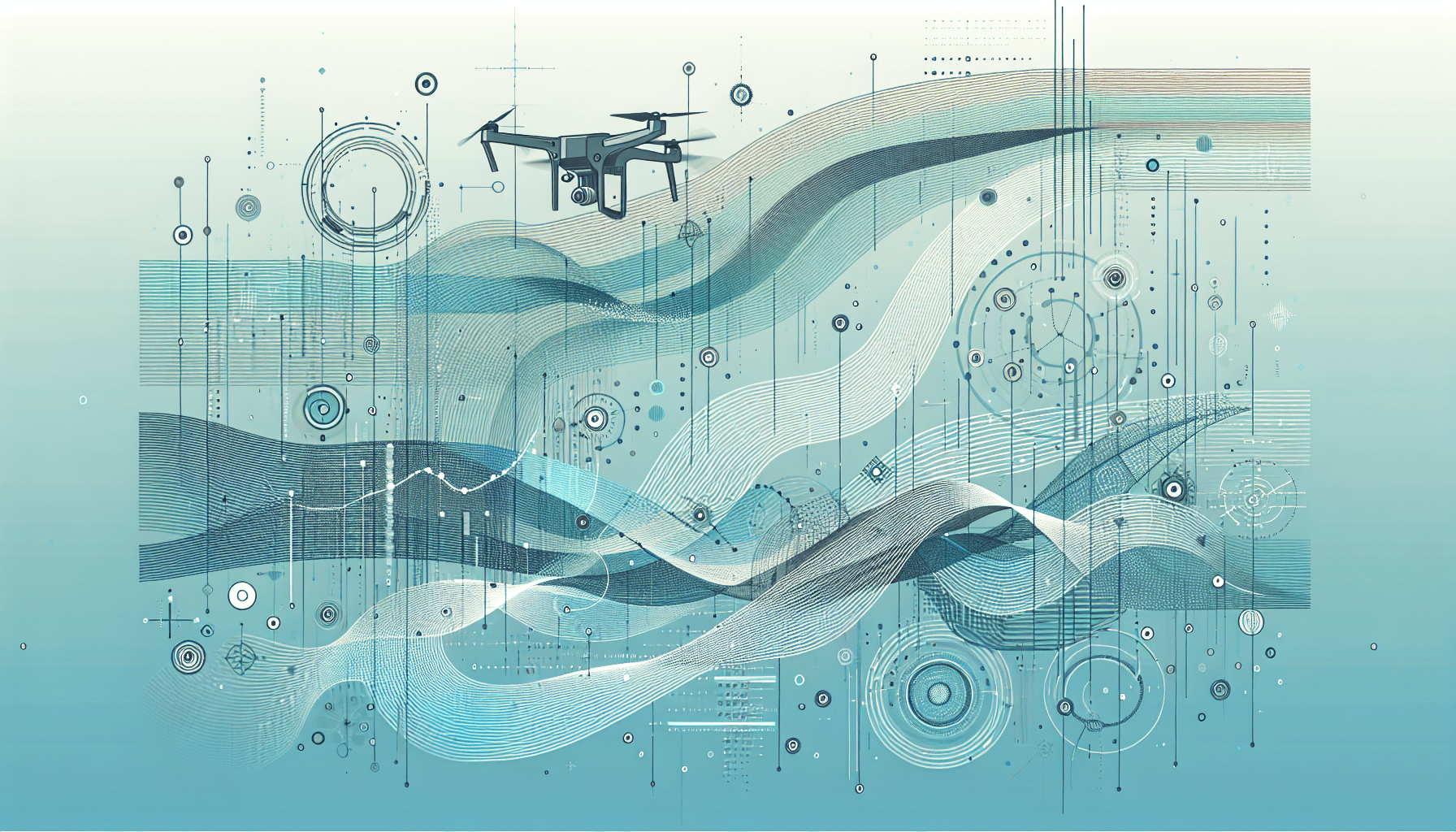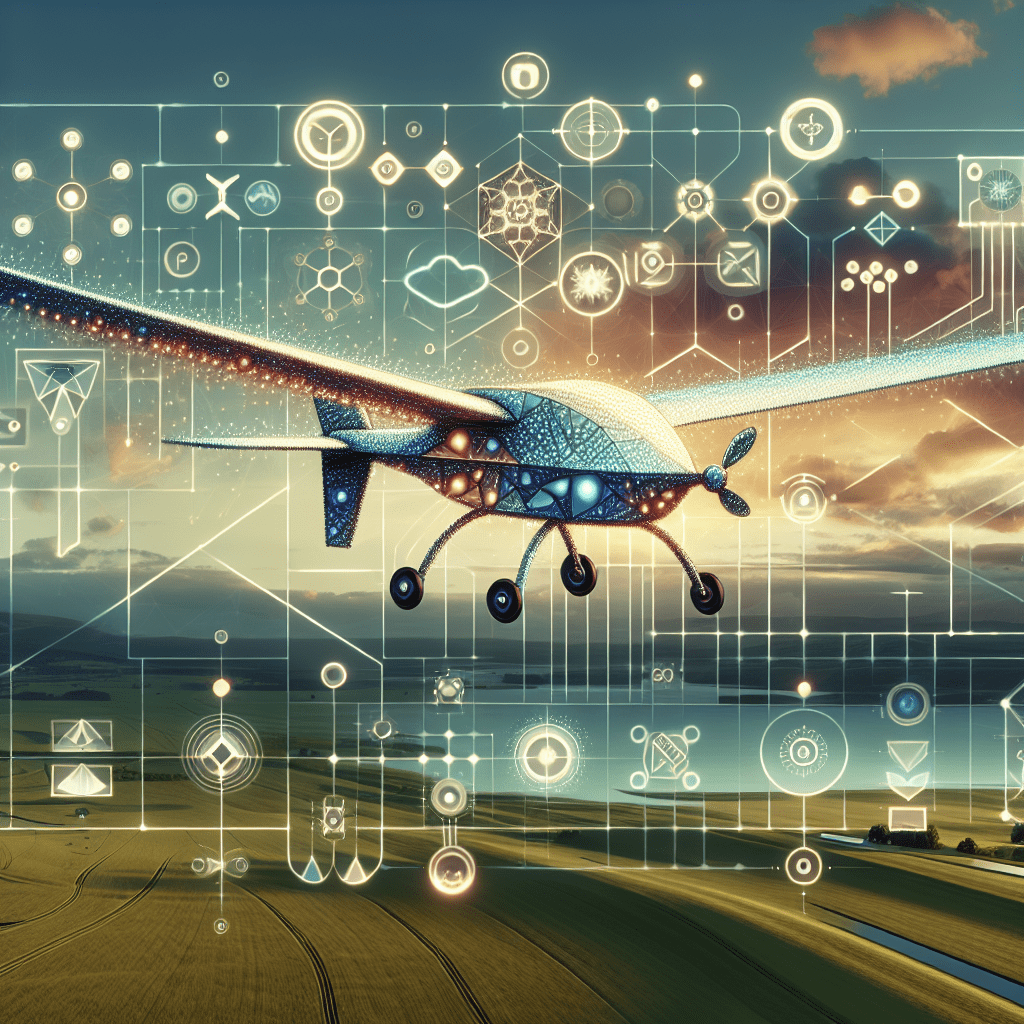Drone Flight Time Optimization: 5 Aero 1 Lite Upgrade Hacks
In This Article
- Always calibrate your drone for symmetry and accurate lift-off.
- Use smart charging and maintain optimal battery storage conditions.
- Switch to Eco flight modes and disable non-essential features.
- Plan flight paths strategically and avoid high-resistance environments.
- Remove unneeded payloads to reduce excess weight and drag.
- Check wind and temperature conditions before takeoff.
- Update firmware regularly to benefit from flight efficiency fixes.
- Use genuine OEM batteries for optimal performance and safety.
- Combine short tasks into longer missions to avoid repeat energy drains.
1. Calibrate The Drone For Lightweight Performance
Balance Thrust and Drag on Lift-Off
Effective Drone Flight Time Optimization begins before the drone even takes off. Proper calibration for weight and thrust efficiency is vital. A well-balanced Aero 1 Lite ensures lift-off occurs with reduced strain on motors and battery reserves. This means verifying not just horizontal alignment, but also symmetrical weight distribution across all arms of the drone. It’s easy to unknowingly affect balance by mounting a propeller guard or camera with subtle asymmetry. Calibrate with all payload accessories fitted to mimic in-flight conditions.
Another cornerstone of pre-flight setup is electronic compass calibration. This ensures directionality alignment and assists with navigation algorithms. If the Aero 1 Lite’s compass data conflicts with gyro readings, the controller will overcompensate, leading to jerky moves and wasted power. A smooth take-off with minimal trim corrections translates into longer time aloft and contributes directly to Drone Flight Time Optimization.

2. Maximize Battery Condition With Smart Charging
How Charging Habits Affect Lifespan
Gaining extra minutes from each flight hinges greatly on the health of your drone battery. LiPo (Lithium Polymer) batteries, the most common power source for drones like the Aero 1 Lite, are extremely sensitive to their charge and discharge cycles. Consistent use of intelligent, balanced chargers greatly increases longevity and performance. Avoid overcharging or deep discharges, as both reduce energy capacity over time.
Employing a smart charger that can measure individual cell voltages and balance them evenly ensures that each cell contributes equally during flight, minimising the risk of sudden power loss. Moreover, store batteries at a 50-60% charge level when not in use. Full storage or complete depletion accelerates internal degradation, directly shortening viable flight duration. For optimal Drone Flight Time Optimization, never fast-charge your LiPo battery unless absolutely necessary. The heat generated during rapid charging diminishes capacity and may even result in battery swelling, which undermines safety and performance.
3. Adjust Flight Modes to Power-Saving Settings
Selecting Low Consumption Configurations
Another fundamental area of Drone Flight Time Optimization is the selection of flight modes. Many modern drones, including the Aero 1 Lite, come with multiple flight presets: Sport, Cinematic, and Eco. While spirited aerobatics in Sport mode may appeal to thrill-seekers, it significantly drains the battery due to rapid throttle fluctuations and aggressive motor response.
Switching to Eco or GPS-assisted modes helps maintain steady flight attitudes and controllable speed patterns. These configurations limit tilt angles and restrict high-RPM motor use. As a result, power draw is smoother and more calculated. Additionally, when not capturing intricate footage, disabling features such as obstacle avoidance or LED lighting can further extend your drone’s battery life. Disabling these systems reduces draw on both sensors and onboard processors, both of which contribute to energy consumption. Carefully choosing the most efficient flight mode is a subtle but powerful step in the pursuit of Drone Flight Time Optimization.
4. Plan Efficient Flight Paths & Avoid High-Wind Areas
Strategic Routes Extend Airtime
One of the most frequently overlooked elements of Drone Flight Time Optimization is intelligent route planning. Optimising your aerial trajectory before lift-off helps prevent redundant motion and excessive hover time. Well-planned waypoints allow the Aero 1 Lite to fly smoothly from one objective to another with minimal energy deviation.
It is equally imperative to check meteorological conditions, especially wind speeds. High winds create resistance, which translates into greater power demand, especially when flying into a headwind. To counter this, the drone increases motor output, which drains the battery at an accelerated rate. Conversely, tailwinds may assist in conserving energy. Use this tactic for return journeys where possible—letting nature push you home can buy crucial extra minutes. Additionally, avoid flying under thermally active environments like asphalt roads or rooftops, which further destabilise airflow patterns and lead to compensatory motor adjustments.
“Flying smarter, not harder, adds crucial minutes to every mission.”
5. Remove Unnecessary Payload Accessories
Travel Lighter, Fly Longer
Payload management is a foundational pillar of Drone Flight Time Optimization. Many drone operators equip accessories like gimbals, external GPS modules or RGB/IR cameras—all of which add weight and demand energy. Unless absolutely necessary for the task, these elements should be removed before takeoff.
Consider the actual mission parameters. If you’re surveying a site with standard visual imaging, does the infrared module need to be mounted? If you’re flying during daylight, is an LED attachment justified? Every extra gram impacts lift and requires the drone’s motors to work harder. Removing non-essential gear reduces thrust requirements—and by extension, power usage. Additionally, stripping down accessories reduces drag, allowing your Aero 1 Lite to cut through the air with increased aerodynamic efficiency. Always choose components based on need, not availability, when prioritising longer flight time from your drone.
6. Store Batteries Properly During Off-Use
Preserve Charge Memory and Longevity
Proper battery storage isn’t just a safety guideline—it’s a powerful element of Drone Flight Time Optimization. LiPo battery cells degrade according to environmental exposure, especially temperature and moisture. Always store batteries in a dry, ventilated enclosure, preferably within a fireproof bag designed for lithium cells. Exposure to extremes—either heat or cold—causes internal chemical imbalances that result in permanent capacity loss.
Additionally, get into the habit of cycling batteries—using each one regularly and rotating among sets. This prevents cell stagnation, which compromises their ability to hold a charge. Never store batteries at 100%, as this creates electrochemical stress. Similarly, storage under 20% challenges the cell’s ability to recharge to full potential. Use a high-quality battery management system to keep track of voltage health and cycles. These detailed practices help ensure that your Aero 1 Lite performs consistently, even months after its last use.
7. Monitor Air Temps and Wind Before Takeoff
Environmental Readiness Increases Runtime
Your drone doesn’t fly in a vacuum—it flies through complex meteorological systems. External conditions have a profound effect on flight performance, especially in the context of Drone Flight Time Optimization. Cold temperatures thicken battery electrolytes, which reduces internal conductivity. As a result, available voltage may drop even though the battery shows 100% charge.
When flying in winter, always allow the battery to warm to optimal range before takeoff—ideally between 20–25°C. Likewise, in summer, high ambient temperatures accelerate discharge rates and risk overheating your power modules. Wind velocity also plays a consistent role: stronger gusts cause balance corrections more often, diverting power to unnecessary stabilisation. Before every flight, consult detailed weather forecasts and local wind maps to assess operational feasibility. Adjust altitude or reschedule based on unfavourable conditions. Real-time environmental awareness helps extend drone flight time significantly.
8. Update Firmware for Efficiency Tweaks
Flight Logic Optimizations Can Save Energy
Firmware upgrades aren’t just about fixing bugs—they often include energy consumption optimisations that can aid in Drone Flight Time Optimization. Manufacturers like Aero Systems periodically push OTA (Over-the-Air) updates aimed at improving motor synchronisation, sensor fusion processing, and flight controller logic. These invisible enhancements can streamline how flight commands are interpreted and executed, reducing jitter and wasted power.
Failing to update firmware may lead to redundant cycles that intensify drain unnecessarily. Visit your drone manufacturer’s support page AI innovations in modern drone technology to verify the latest firmware version, release notes, and changelogs. Additionally, always ensure your controller software is compatible with the drone’s firmware. Misalignment here can cause lag and excess input repetition, both of which affect both safety and battery efficiency. Staying current reduces friction and leads to incrementally better flight endurance.
9. Use Only Authentic OEM Batteries
How 3rd Party Packs Hurt Performance
It might seem economical to buy 3rd party batteries, but doing so often compromises Drone Flight Time Optimization. Non-OEM batteries may lack vital balancing circuits, have lower-grade cells, or build inconsistently in terms of dimension and weight. These differences affect fitment and discharge curves, leading to unexpected mid-air shutdowns and underperformance.
OEM batteries from Aero Systems are designed and calibrated specifically for the Aero 1 Lite’s power requirements. They include built-in circuitry that communicates with flight systems to monitor temperature, voltage, and charge cycles in real-time. Most importantly, they undergo rigorous quality assurance, something often missing from grey market alternatives. The slight cost premium of OEM batteries protects your drone, improves charge efficiency, and extends your flight envelope. You can learn more about battery selections in our guide: Learn more about Drone Battery & Performance Optimization
10. Consolidate Short Trips Into Single Continuous Routes
Why Continuity Beats Start/Stop Flying
Drone Flight Time Optimization isn’t solely about extending single flights—it’s also about getting the most out of each battery per session. Many operators unknowingly waste energy with frequent short flights, frequent takeoffs, and restarts. Each ignition sequence and stabilisation draws a burst of power, which, over multiple trips, accumulates into a significant overhead loss.
By combining objectives into a single, well-structured continuous flight, you bypass many repetitive battery-draining actions. Plan your mission to start with the furthest objective and work back to your launch point. This logical flow takes advantage of tailwinds and reduces total motor stress over time. Continuous operation also keeps the battery within its optimal temperature range, ensuring steady chemical behaviour. If you’re conducting repeated inspections or filming sequences, bundling them into one launch delivers greater total footage with fewer battery swaps. For further mission planning tips, see our advanced routing article: Read a related article
Conclusion: Small Changes, Big Flight Gains
To achieve consistent Drone Flight Time Optimization, a holistic approach is essential. Every gram, every gust of wind, and every battery cycle plays a role in determining how long your Aero 1 Lite can remain airborne. The synergy of good planning, sound maintenance, and appropriate hardware decisions contributes not just to longer flights, but to safer, more efficient drone operations overall.
Great guide on 5-tips-to-get-more-flight-time-from-your-aero-1-lite – Community Feedback
How to get more flight time?
To get more flight time, lighten your drone’s payload, fly in calm conditions, optimize your battery health, use low-power settings, and always fully charge batteries right before use.
What is the 3 to 1 rule for pilots?
The 3 to 1 rule for pilots is an aviation guideline suggesting a 3 nautical mile descent for every 1,000 feet of altitude, ensuring smoother and more efficient landings.
How to improve drone flight time?
Improve drone flight time by following regular battery maintenance, minimizing extra weight, flying at moderate speeds, and choosing energy-saving flight modes.

